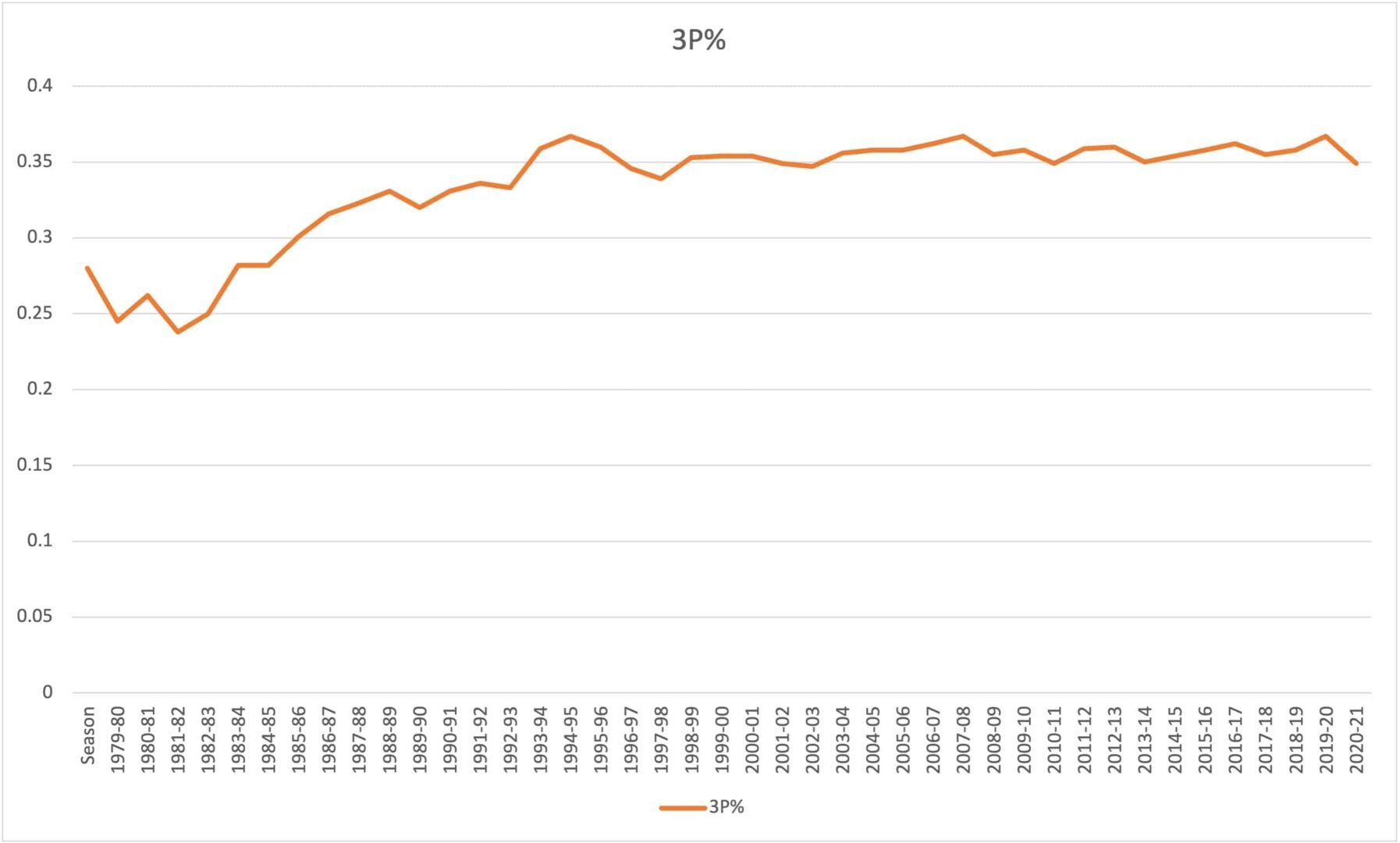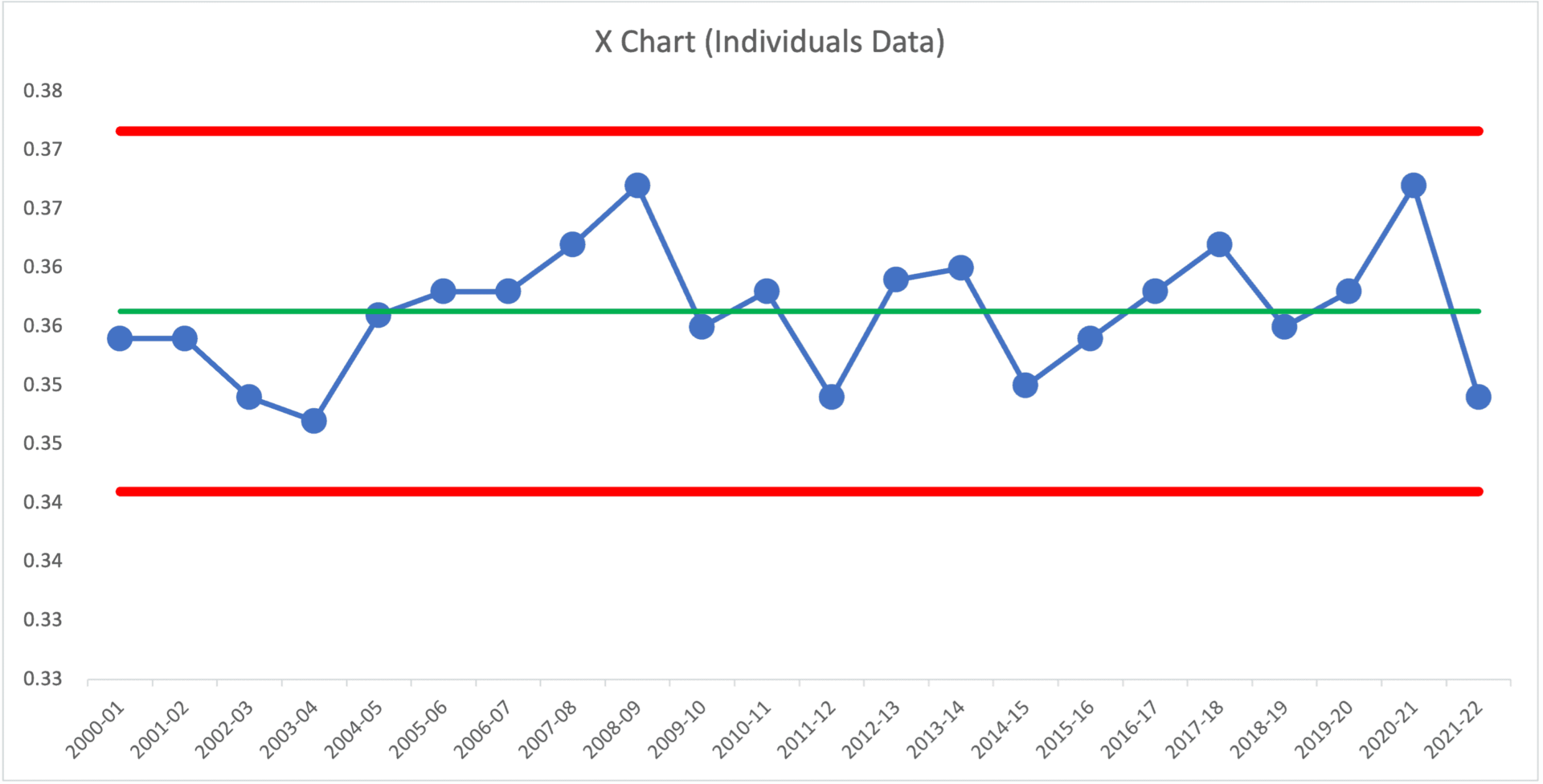It's been a while since I've done a “Throwback Thursday” post, but I saw some news stories late last year that reminded me of something I blogged about originally back in 2006.
Back in 2006, the NBA tried switching from the traditional leather basketball to a synthetic ball… and it was a huge flop. Players complained that they weren't involved. At least the NBA eventually heard their feedback and reverted back to the old ball.
See two blog posts about that progression… the original problem:
And the NBA walking back to the old ball:
In late 2021, after the latest season began, complaints started to surface about the NBA switching from Spaulding to Wilson as the producer of the balls.
NBA players struggling to adapt to new Wilson basketball
The NBA tried to make this a seamless transition:
Heading into this season, the NBA ended its decades-long relationship with Spaulding to introduce Wilson as the new maker of the official NBA basketball. Wilson tried to make the transition as smooth as possible with limited changes:
The new ball is “comprised of the same materials, eight-panel configuration and performance specifications as the league's current game balls and sources the same leather [used in the Spaulding ball].”
Wilson worked with Trae Young, Jamal Murray and others to test prototype balls over the past year as they worked toward the final version.
At least the NBA worked with some players this time.
Articles point to data “proving” that the new ball is making a difference, but (as always) be wary of the two-data-point comparison!
Offense is down around the NBA, with players shooting 34.2% on 3-pointers this season, down from 34.6% last season…
Is that a statistically-meaningful difference? The 3-point shooting percentage was higher during the “bubble season” (35.8%) — but that was arguably a “different system” that year because of the lack of fans, the different shooting backdrops, the lack of travel fatigue, etc.
To look and see if there's really a change, I'd (of course) want MORE data points and I'd (at the very least) #PlotTheDots on a simple run chart, as I've created below (with data found online).

You can see a major trend through the 1980s, but the league-wide average seems to be fluctuating around a pretty stable average — and this is with changes over time to the 3-point shot distance.
Is the 2022 season percentage to date (34.2%) any sort of statistical signal?
I'll (of course) create a Process Behavior Chart for the years of this century:

This chart shows NO statistical signals. There's probably no point in trying to explain any of the data points there, including this season. I'm not sure why the number from the Basketball Reference site for the 2020-2021 season (0.367) is different than what was in the news article I cited above (0.346).
But back to the question of players being unhappy with the new ball and the change:
“Not to make an excuse or anything, but I said that about the ball, it's just a different basketball,” George said after the Clippers' win Monday night. “It doesn't have the same touch or softness that the Spaulding ball had. You'll see this year, it's going to be a lot of bad misses. I think you've seen a lot of airballs so far this season.
“So again, not to put an excuse or blame the basketball, but it is different. It's no secret, it's a different basketball.”
Not to make excuses, but…
A head coach said:
“When we first got the ball the guys, anything new, they were like “why'd they change” and all that, but since the first couple weeks we had the ball I haven't had anyone come up to me and say anything about it,” Rockets coach Stephen Silas said.
Are the players being “resistant to change”?
Yet it feels different, and NBA players are creatures of habit who are not fond of change.
We're all creatures of habit. And, we all struggle with change. Change is a process, not an event.
From this NPR story:
Since it's still a leather ball, my guess would be that the players would adapt and adjust to it after a while. Now, how long is after a while? Is it weeks? Is it months? That I don't know.
We'll see how long the change process takes. The NBA player's union has been asking for input, so we'll see what happens — stick with it or change back?
Oh, and here's a fun story for people who like to see how things are made:
Inside look at how pieces of cowhide are transformed into NBA game balls
There's a photo in the piece with this caption:
A worker walks among stacks of leather at the Horween Leather Company.
That sure looks like a batch-and-queue process… not very Lean?
Turning a blue-tinted steer hide into a pebbled sheet of leather ready for shipment to a Chinese factory, where Wilson's basketballs are manufactured, takes about 22 working days at Horween, a process that takes the leather through each of the building's five floors.
22 days, five floors… those stacks. It's clearly not designed as a flow-based Lean process.
That article gets into the statistics and shooting percentages (along with the player input dynamics):
One-quarter of the way through the season, the volume of the criticism has grown quieter. In 426 games through Wednesday, the league's average field-goal accuracy stood at 45.2% and its average three-point accuracy at 34.8%. Both stood as the lowest marks at the same point in a season since 2015-16, but by relatively small margins. Many around the NBA see last year's record shooting numbers — 46.4% overall and 36.9% on threes at the same point — played largely in front of fan-free arenas, as the statistical exception.
The “statistical exception” isn't a signal in the Process Behavior Chart. So, it's not worth a lot of time trying to explain why there's a difference… as is also the case this season.
Please scroll down (or click) to post a comment. Connect with me on LinkedIn.
Let’s work together to build a culture of continuous improvement and psychological safety. If you're a leader looking to create lasting change—not just projects—I help organizations:
- Engage people at all levels in sustainable improvement
- Shift from fear of mistakes to learning from them
- Apply Lean thinking in practical, people-centered ways
Interested in coaching or a keynote talk? Let’s start a conversation.









